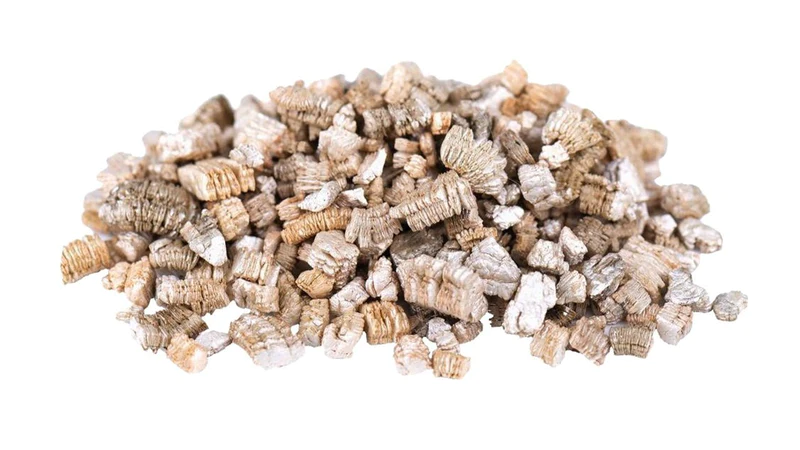Jul . 29, 2024 21:41 Back to list
Building Materials for Basement Walls in China Innovative Solutions for Efficient Construction and Durability
Building Materials for China’s Basement Walls An Overview
In the evolving landscape of construction in China, the selection of suitable materials for basement walls has become increasingly crucial. As urbanization accelerates and the demand for underground spaces rises, understanding the various building materials available for basement wall construction becomes essential not only for structural integrity but also for sustainability and cost-effectiveness.
Types of Materials
1. Concrete Concrete remains the most common material for basement walls. Its strength and durability make it a favored choice, particularly for buildings in seismic zones. Reinforced concrete, which includes steel rebar, provides added resistance against lateral pressures from soil and water. The versatility of concrete allows it to be poured into forms on-site or manufactured off-site as precast panels, offering flexibility in construction methods.
2. Brick and Block Brick and concrete block walls are also popular choices for basement construction in China. These materials offer good thermal mass and can withstand moisture when properly treated. The traditional brick assembly is aesthetically pleasing, making it a favorable choice in residential constructions. However, it is essential to ensure proper waterproofing to prevent water ingress, which can compromise structural stability.
3. Insulated Concrete Forms (ICFs) As energy efficiency becomes a key concern in building design, Insulated Concrete Forms have gained traction. ICFs create a layer of insulation around the concrete, improving the thermal performance of basement walls. This method not only reduces heating and cooling costs but also promotes a more sustainable approach to energy use in buildings.
4. Steel Panels In specific applications, particularly in industrial and commercial sectors, steel panels may be employed for basement wall construction. Steel's strength allows for thinner walls compared to concrete, maximizing the usable floor space within a basement. However, corrosion resistance becomes a critical factor, necessitating proper protective coatings.
china basement wall building materials

5. Waterproofing Materials Regardless of the structural material chosen, waterproofing is vital in basement wall construction. In China, given the prevalence of varied climatic conditions and groundwater levels, employing high-quality waterproofing membranes or coatings is essential to prevent moisture intrusion. Techniques such as drainage systems and vapor barriers are also integrated into the design to enhance protection against water.
Sustainability Considerations
As China aims for a more sustainable future, the choice of basement wall materials increasingly incorporates eco-friendly options. Materials sourced from sustainable practices or those that promote energy efficiency are gaining preference. For instance, recycled materials or those with low environmental impact are becoming more prominent in construction practices.
Regulatory Standards and Innovations
The Chinese government has instituted various regulations aimed at improving building standards, particularly concerning safety and environmental sustainability. Innovations in building technologies, including the development of new composite materials and advanced construction methods, continually reshape the landscape of basement wall construction. Adopting these innovations helps in adhering to modern standards while also enhancing efficiency and reducing waste during the construction process.
Conclusion
In summary, the choice of building materials for basement walls in China is influenced by various factors, including structural integrity, waterproofing, insulation, and sustainability. With the ongoing advancements in material science and construction technologies, the future of basement construction stands to benefit significantly. As urban areas continue to expand and the pressure for efficient land use increases, the choice of materials not only impacts the physical structure but also contributes to sustainable development practices within the construction industry. As such, builders and architects must stay informed about emerging materials and methods to make educated decisions for safer, more efficient, and eco-friendly basement walls.
-
Eco-Friendly Granule Covering Agent | Dust & Caking Control
NewsAug.06,2025
-
Fe-C Composite Pellets for BOF: High-Efficiency & Cost-Saving
NewsAug.05,2025
-
Premium Tundish Covering Agents Exporters | High Purity
NewsAug.04,2025
-
Fe-C Composite Pellets for BOF | Efficient & Economical
NewsAug.03,2025
-
Top Tundish Covering Agent Exporters | Premium Quality Solutions
NewsAug.02,2025
-
First Bauxite Exporters | AI-Optimized Supply
NewsAug.01,2025
